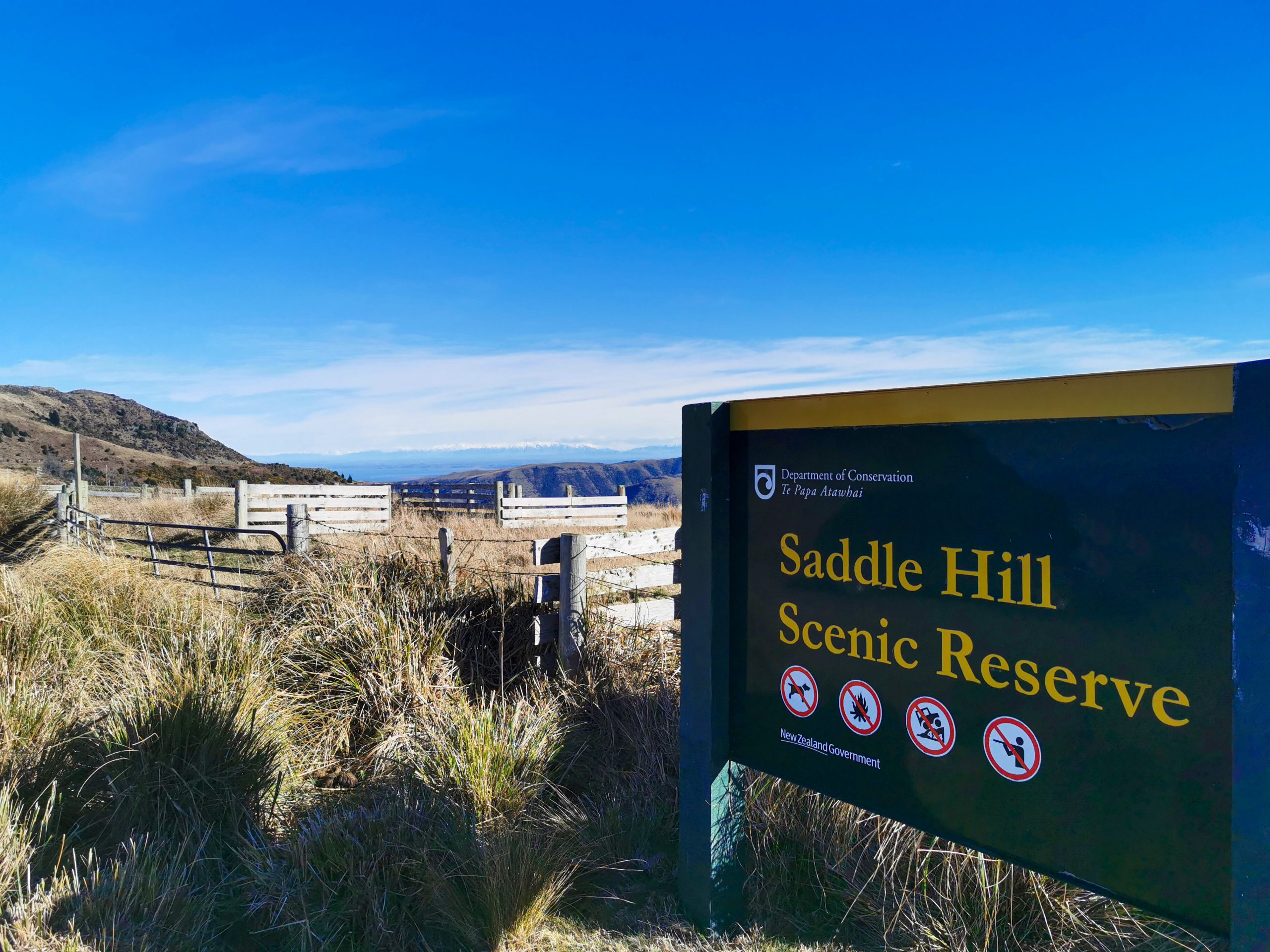
Next Steps
There are tons of community trapping initiatives around the country, many highly successful, so there is a good model for us to work from. But at the moment this is all just an idea, so where to from here?
We know there is enthusiasm for trapping in Wainui, the question is how much enthusiasm and how can we individually and collectively make a difference?
We’ve been doing some work to understand land holdings in Wainui and where our initial trapping effects might be best focused. It’s been interesting. We overlayed LINZ property data onto a Google map, with this result, https://www.google.com/maps/d/u/0/edit?mid=1Se0Hitd59heprf64cUTAn6bP8hKE5yuY&usp=sharing.
What we learned is that 73% of the Wainui catchment is managed by 10 landowners (DoC being one), and 87% by 20 landowners. But, we’re looking at at 1600ha, it’s a big problem and one that right now we simply can’t resource, financially or logistically! So we need to start smaller, build our capabilities, and importantly, start making a difference where we actually live.
Stage 1: Let’s sort our “backyards” out.
And we mean that, literally! We have around 180 dwellings and we know from experience this is a target rich environment! It’s also the easiest area to trap in, and has results we can see, such as fewer pests in our vege gardens and fruit trees! At the same time we can be building knowledge and capabilities as a community, to consider how we tackle the bigger problems.
Here’s what we suggest you can do:
- First decide what pests you’re going to focus on, check our pest guides – https://www.rewildwainui.nz/help-and-guides/. Possums and rats are two great places to start.
- Then you need to buy some traps, we’ve got a guide for that too! For example, https://www.rewildwainui.nz/help-and-guides/possums/possum-traps/
- And then, we’d really really LOVE it if you could join our Trap.nz project so we can collectively record our results and see how we’re all going. This will also help demonstrate our successes and help to secure funding for more traps etc. https://trap.nz/project/3124039/info
We do understand however that getting setup, and knowing what to do, can be a challenge. Our plan is to run workshops through the residents association, and our trapping experts are more than happy to come and help you get the traps setup. Don’t forget also that traps may be available through the Akaroa Trap Library.
Step 2: Understand the bigger problem!
We all know we have tons of pests around our houses, but obviously the wider Wainui catchment also has lots of pests. At this point it’s not feasible to run big trap lines, costing lots of money and taking hours to maintain.
We’ve been trialing a Cacophony Project camera very successfully for some months which has been helping quantify the challenge. So right now, this is mostly about research and planning for what comes next and how we can do things differently.
- More Research. Simply, the more data we have on pest numbers and locations, the better ready we’ll be for whatever comes next.
- Identify the areas we can trap on, and by whom. We’re expecting in the early stages that individuals and landowners will be responsible for their own trapping efforts and trap purchases (in conjunction with borrowed traps for the Akaroa Trap Library?). What will be important however is the collection of data to help us understand who is doing what and where, and how successful that has been.
- Wait, and Evaluate. There’s a lot of new technology coming to the market soon, the development partly funded by Predator Free NZ. So the biggest impact we might be able to have, is evaluate this new tech, and then seek opportunities to deploy it once it’s at scale and/or affordable. It’s quite plausible that the resources, financially and logistically, will be significantly less than today’s “highly intensive” activities, with far more effective outcomes.
Step 3:
- There’s no step 3 right now … but we’d encourage everyone to get out in their backyards and start trapping now, because individually and collectively we can make a difference!
But what about Pest Free Banks Peninsula?
This is a good question. Pest Free Banks Peninsula (PFBP) is run by the Banks Peninsula Conservation Trust (BPCT). They received a $5.1 million grant to eradicate pests on Banks Peninsula. That money is being used to run stage 1 of the programme, on the “Wildside”. A virtual fence is being built from Duvauchalle to Okains Bay, and 5000ha is being trapped initially. It’s not logistically or financially feasible at this point to tackle the entire Peninsula in one go.
Unfortunately that means it’s likely to be a number of years, maybe a decade or more, before they get to our valley. They can support us in principle, and potentially help us access funding. But it’s up to us as a community to make this happen if we want to see the fauna and flora of Wainui flourish.
Or …?
Individually many of us are already trapping, so we are making a difference. That might be mean healthier native trees and shrubs, it might be less pests, or it might mean more lemons on your tree due to fewer pests! It’s up to us as a community to decide if this is something we want to do. Or not …
So if you’re keen, even a little, register your interest and be prepared to “Get Wild”.
Let’s work together to help reWild Wainui!
Join our community initiative to reduce Weeds, remove Pests and replant Natives.